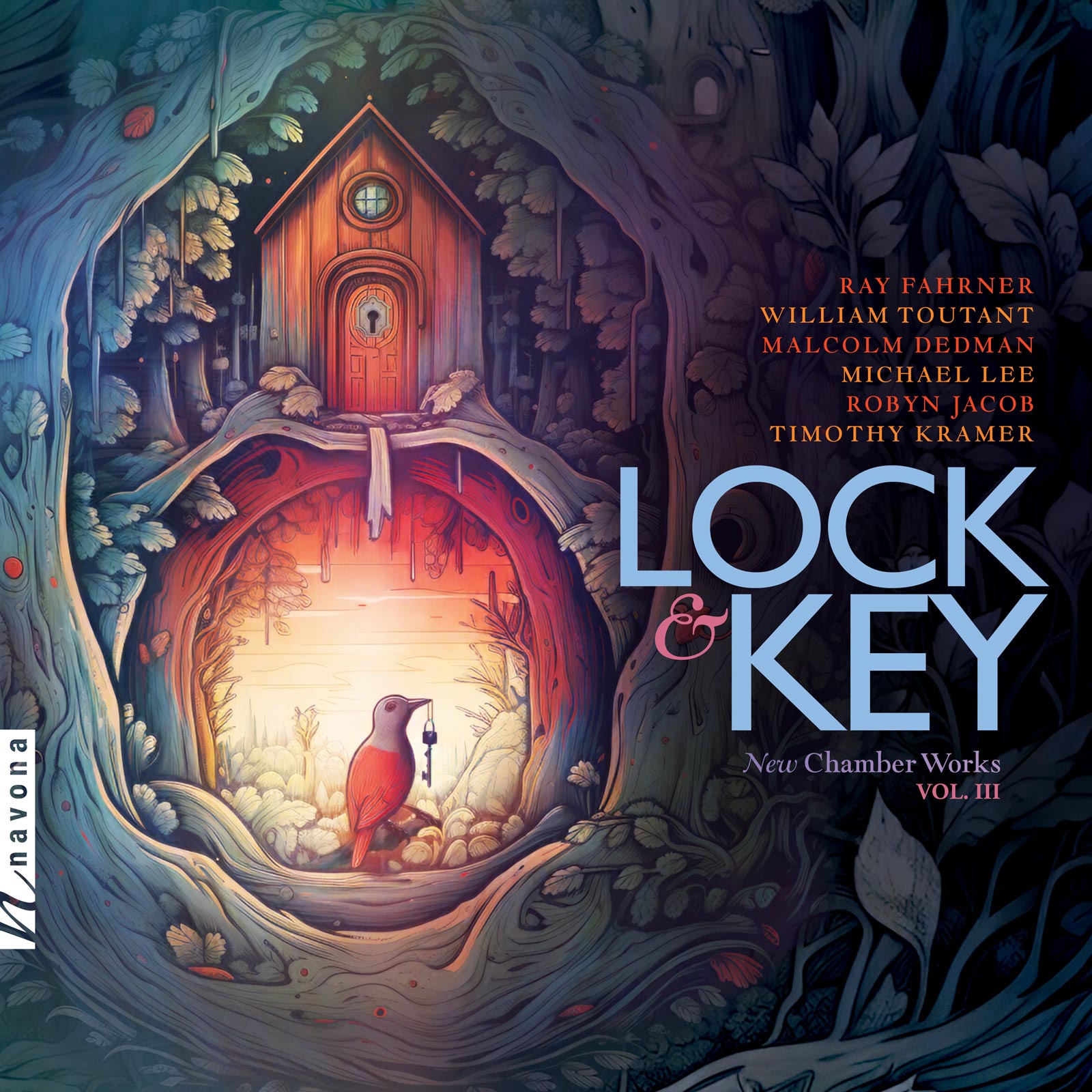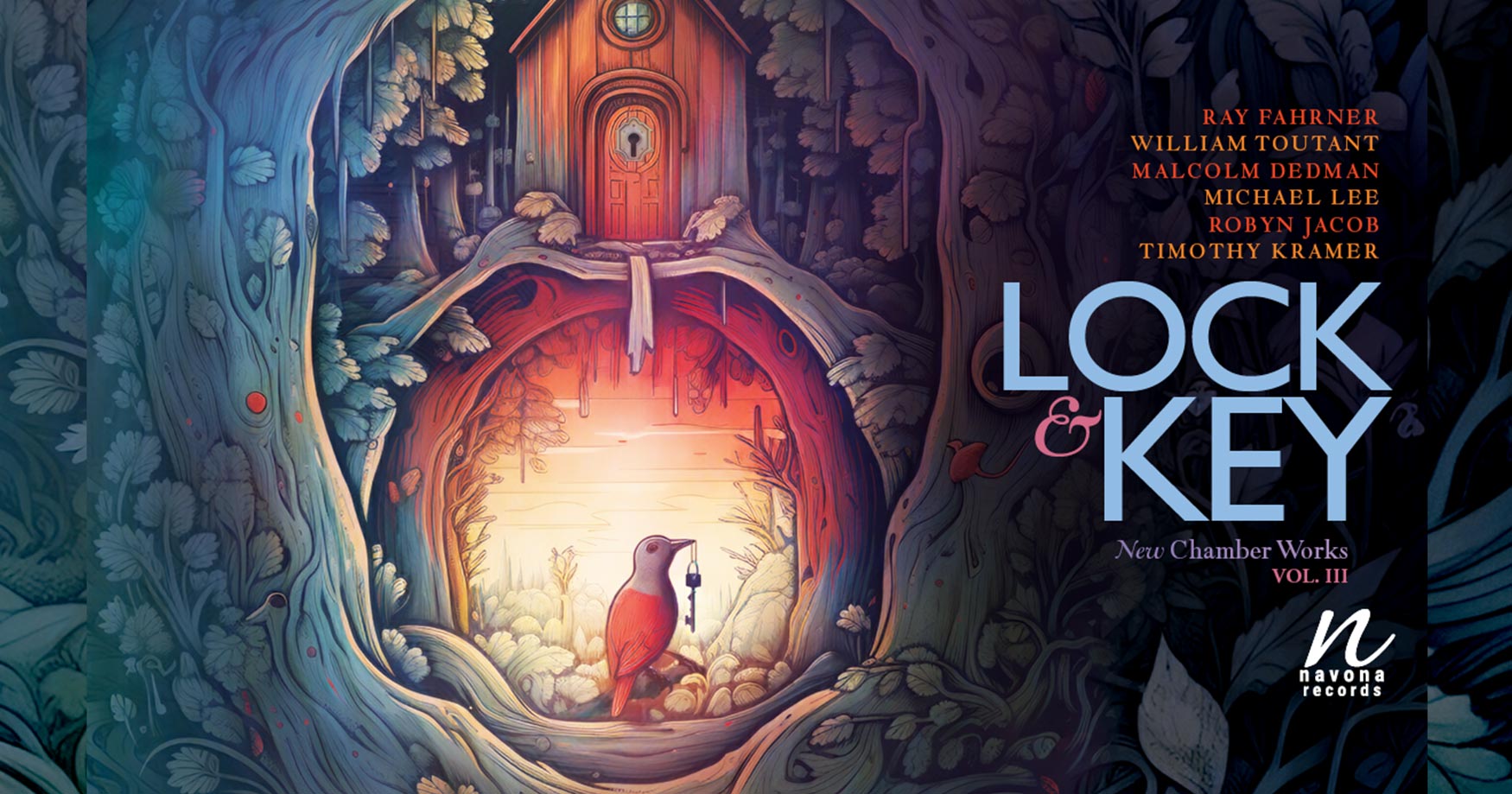
The critically acclaimed LOCK & KEY series once again opens its doors in this third installment, featuring an all-new roster of contemporary composers with an emphasis on new music and its connection to our ever-evolving ethos. In an exhilarating burst of energy, LOCK & KEY VOL. III resonates with raw authenticity, a testament to the depth and complexity of our shared humanity.
PARMA Senior Content Writer Shane Jozitis recently connected with the composers of LOCK & KEY VOL. III to learn about the inspirations, processes, and realizations behind their works. Read on for an exclusive deep dive into the creative minds of Malcolm Dedman (MD), Michael Lee (ML), Ray Fahrner (RF), Robyn Jacob (RJ), Timothy Kramer (TK), and William Toutant (WT).
LOCK & KEY VOL. III touches on a wide range of themes, from turmoil to introspection, meditation, and ultimately, unity in the human experience. Where does your piece fall on the spectrum, and what do you hope to convey to listeners?
ML: 2020: Danse Macabre is galvanized by recent experiences, one of which includes my adapting to a new life in a wheelchair due to an SCI accident during the early Fall of 2021; however, the title and ideas, especially in the first three movements, are very much influenced by the recent pandemic, various social issues, the political turmoil of 2020–2021 (including the January 6th uprising), the rise of authoritarianism, among others. However, the 1st movement — an introduction to the more experimental sound and rhythmic techniques — sets the tone for the more contrasting and similar music to follow. From an abstract perspective, this trio also aims to further develop and experiment with my growing and maturing style and expanding pitch language using an evolving craft called ‘Improvisation and Integration’ — a method I have used since 2015.
RJ: In Fluctus, whose title references the motion of waves and water, I try to create a meditative feeling, a sense of stasis, from which spring swells of movement. The original inspiration for the piece was walking in the rainforest of the Pacific Northwest, and noticing subtle shifts in micro-climates: the plants and fungi living on one side of a large douglas fir, for example, could be entirely different from the other side of the exact same tree. I think this relates to the human experience in that there can exist such richness and diversity, and it can be so beautiful to slow down and notice it, and celebrate it.
Chamber music often conveys complex emotions and narratives without words. How do you approach storytelling and emotional expression through instrumental compositions?
RF: Regarding musical storytelling, I try to compose interesting gestures and phrases, while having the subsequent material surprising, yet inevitable. With luck and work, this yields the listener’s satisfaction of a well-told tale, worth rehearing. Throughout the story, I attempt to weave a fil d’or — a golden thread, as the French say — so that the listener doesn’t get lost and is aware of the fundamental unity of the tale. While working for consistency, I compose with a sense of play: loosely enough that I surprise myself. As I compose, I sometimes imagine the body language of the performers in my head. Some days they wax their mustaches. Some days their dresses are flamboyant. (I have an active imagination.)
TK: I think certain musical gestures have meaning, of course, and they express a kind of emotional response that goes beyond a description from words. So my instrumental works always “tell a story,” but the stories they tell don’t follow a narrative structure. For me it is mood — and not word — that is being “spoken” through a piece of music.
WT: All of my music expresses emotions. Sometimes I begin a piece with a particular emotion or set of emotions in mind. I often begin with the title and let the music reflect it. Other times I let the piece dictate the emotions. When I have particular emotions in mind, I try to feel them as I write. I hope that those feelings translate into sound. Even when I am not actually composing, I have the piece in mind, sometimes subconsciously. I often find that, especially when I am at a compositional impasse, solutions present themselves when I am not actually composing.
If you had to compose a chamber piece inspired by a specific city or urban landscape, which city would you choose, and how would its energy and architecture influence your composition?
MD: I have been inspired more by general landscapes. One such piece I wrote was ‘Karoo Landscape’ for flute and percussion which describes the emotions of driving through the South African Karoo region with its contrasting features. I am not attracted to being inspired by any city or urban landscape that I know.
RJ: This is an interesting question because often my work is inspired by non urban landscapes, however the social ecology of a city is something I am finding more and more interesting lately. While I am not sure exactly what city I would choose, I think many cities and their histories provide a plethora of interesting theoretical questions and ideas to explore. For example, I live in Vancouver BC, and while it is a stunning city, and seems so pristine, I believe that the city is built on a history of erasure, and I find it interesting how people living in the city build their relationship with the city in its present day iteration, and how they interact with (or don’t interact with) the city’s history.
WT: Many composers have been inspired by a big city—London, Rome, Paris, New York. However, I recently spent two weeks in Barga, a small town in Tuscany where my wife was studying art. We stayed in a house/studio/art gallery very close to the 9th century cathedral that dominates the town. The cathedral has three bells that ring automatically every quarter hour, 24/7. They punctuate the entire day and night, and on Sunday mornings, three bell ringers improvise a 15-minute bell “recital.” I started a piano piece that keeps getting interrupted by the bell patterns. We’ll see where it takes me. I’m still deciding on how to mimic the Sunday “recital” with only three pitches.
A composer’s particular background as an instrumentalist (or not!) can dramatically impact the way they conceive their work. How did (or did not) your instrumental background inform the way you wrote this piece?
MD: My piece on this album is for clarinet solo and I have never played clarinet! I believe a composer should look outside his instrumental background for the music he/she writes. My background is piano, violin, and voice, and I feel comfortable writing music for these instruments, including all bowed strings. But I have learned how to write for woodwind and brass, as well as percussion, and I am happy for performers to say if something can be written better for their instrument.
RF: As a child I studied piano and violin. In grad school I also took flute and percussion lessons. While this gave me a sense of instrumental color and technique, what marked me most as a composer was taking a year of sixteenth century counterpoint. Since then, I have conducted choirs for 40 years, including 36 years with the Cambridge Chamber Singers. My knowledge of Renaissance music has profoundly influenced my composition: for me, the line is primary, whether instrumental or choral. This has led me to adapt a Renaissance technique, successive counterpoint, whereby I let multiple melodic lines create my harmonies. But every piece is different, and I vary my composing style according to the desires of the composition itself. The music lets me know what it needs!
How do you go about the process of trying to get your compositional mind into the fingers and hands of the players during the writing process?
TK: I like to write pieces for particular players. I usually find out what they enjoy playing, and what they are looking for in a piece of music before I sit down and start working on the piece. But it can be a delicate balance between what I want to hear and what they want to play. I’m interested in having a dialogue with performers, and hopefully I can reach the right mix of familiar and new material.
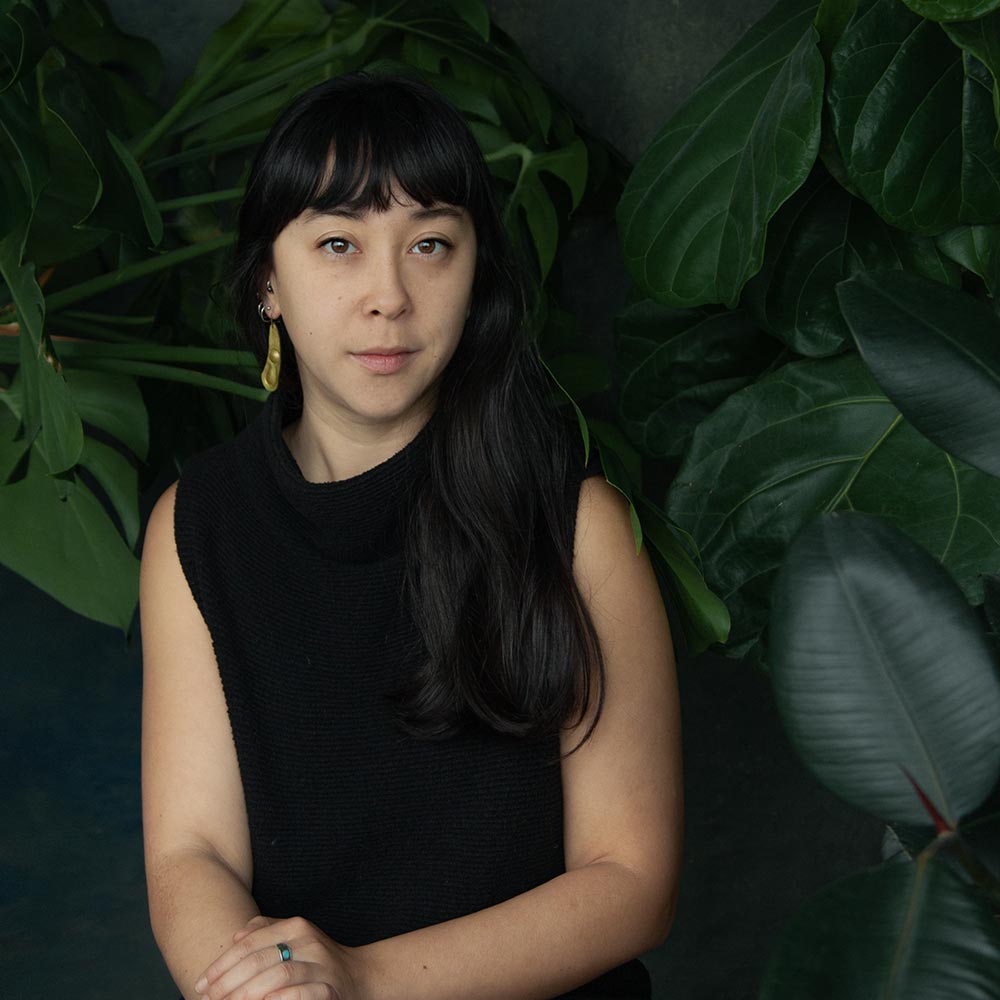
Robyn Jacob is a pianist, singer, composer and educator who lives and works on the unceded territories of the Sḵwx̱wú7mesh, Xʷməθkʷəy̓əm and Səl’il’wətaʔ Nations, also known as Vancouver. She has toured Canada and internationally with her avant-pop project Only A Visitor, who have released four albums to date, recently signing on with Mint Records. Her recent composition projects include commissions by Third Coast Percussion, So Percussion, Chor Leoni, Re:Naissance Opera, and Little Chamber Music. Her work often explores writing for unusual ensembles, as well as collaborations with visual artists and instrument makers.
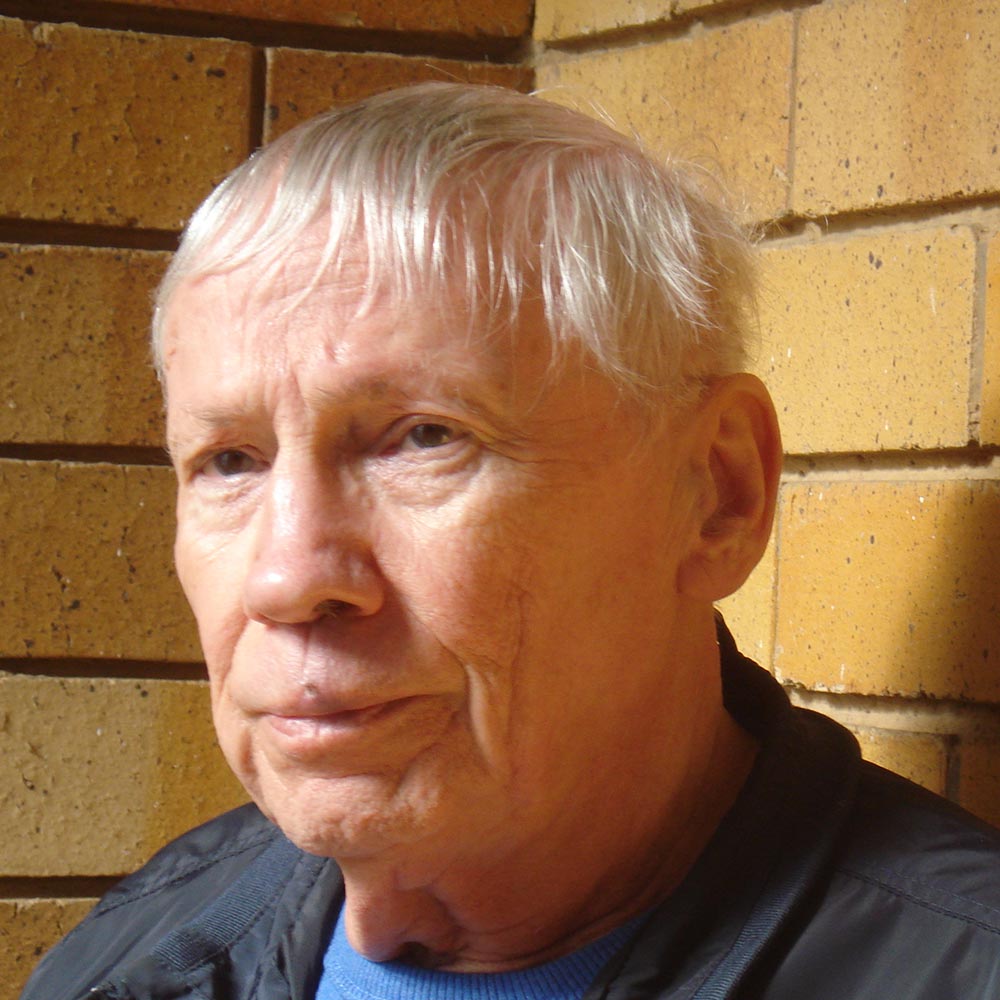
Malcolm Dedman was born in London, England, on November 3, 1948. Fascinated at an early age by his mother’s piano playing, she taught him to play when he was around 5 years of age. Once Dedman had a basic understanding, he found himself improvising alongside his regular practice. By the age of 12, he realized that he wanted to write some of these ideas down, so this became the starting point to his career as a composer.
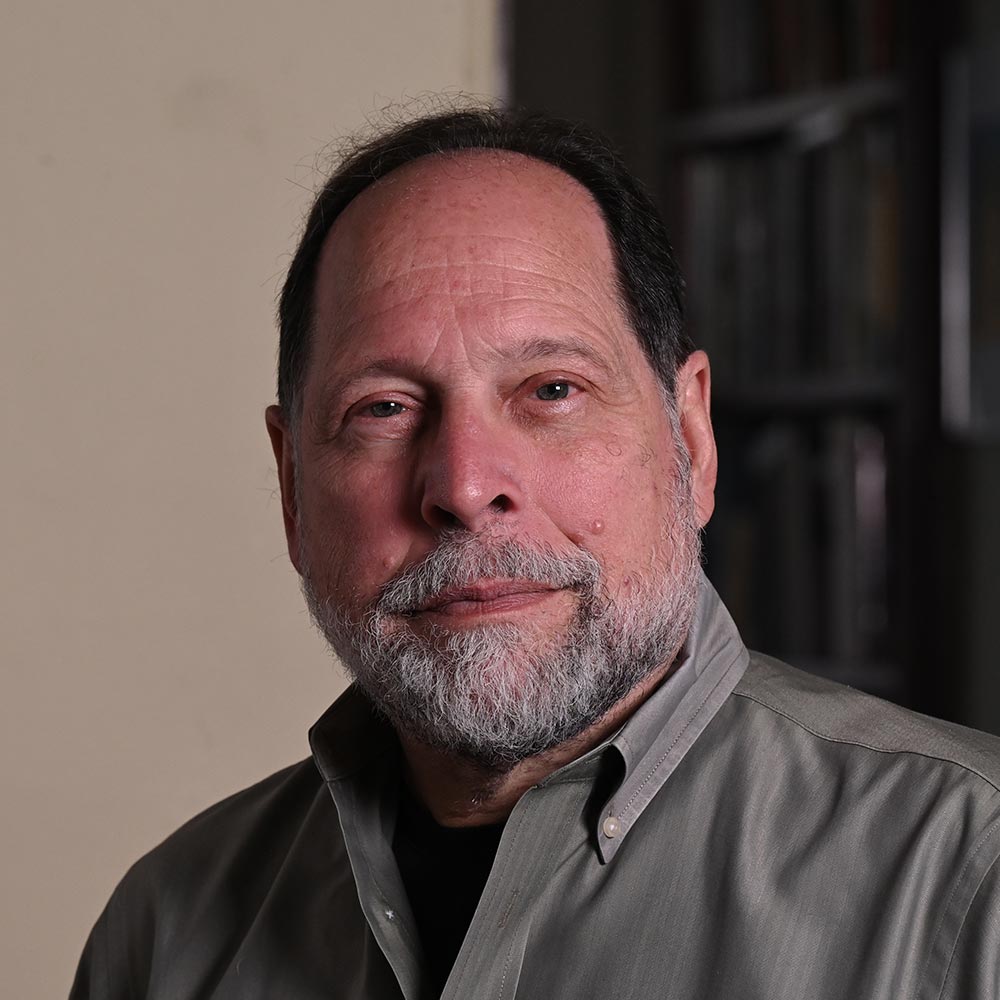
Ray Fahrner composes in eclectic styles and conducts all manner of music in Cambridge MA. Fahrner began his composition studies with Robert Wason and Arnold Franchetti at Hartt College of Music, University of Hartford, subsequently studying with Scott Huston and Norman Dinerstein at the College-Conservatory of Music, University of Cincinnati, where he received his doctorate in 1980.
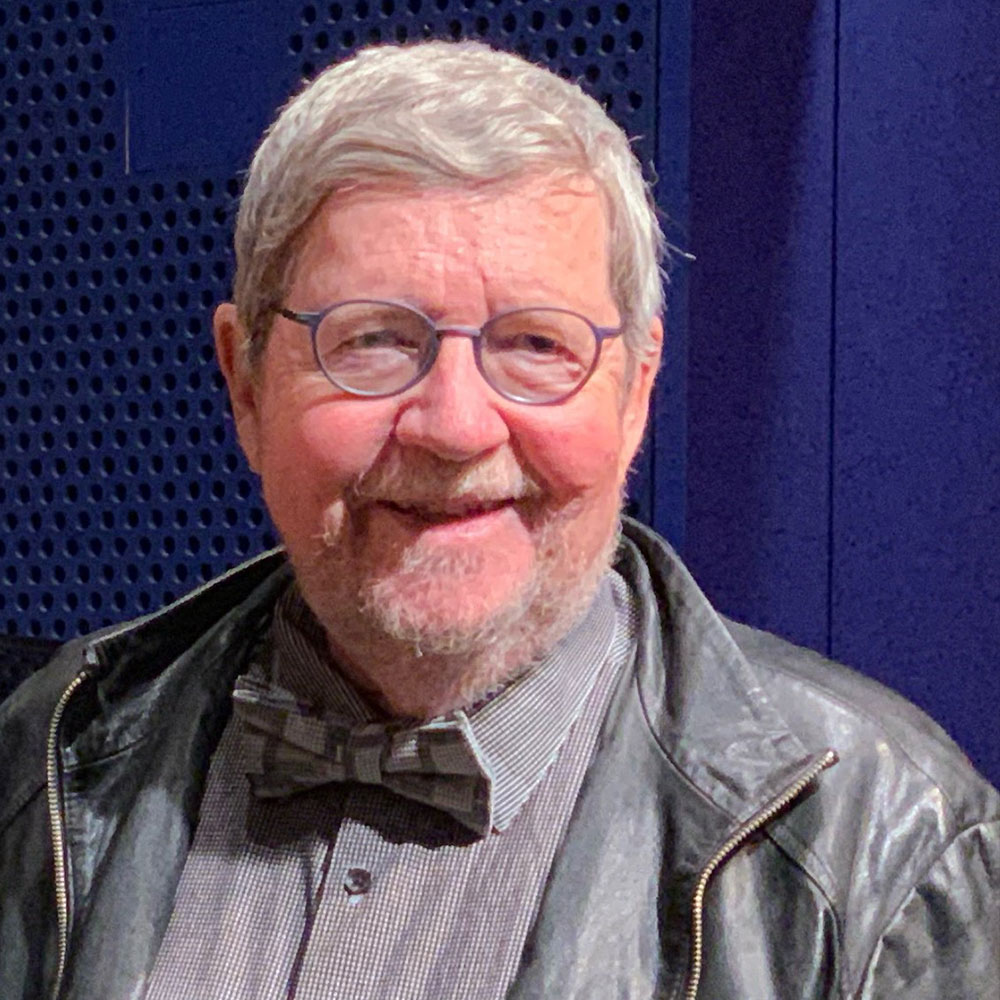
William Toutant was born in Worcester MA. He received his B.A. and M.A. from George Washington University and his Ph.D. in music theory and composition from Michigan State University. He joined the music faculty of California State University, Northridge in 1975. During the next 38 years he not only taught in the Department of Music, but he also served in a variety of administrative positions including Dean of the Mike Curb College of Arts, Media, and Communication.
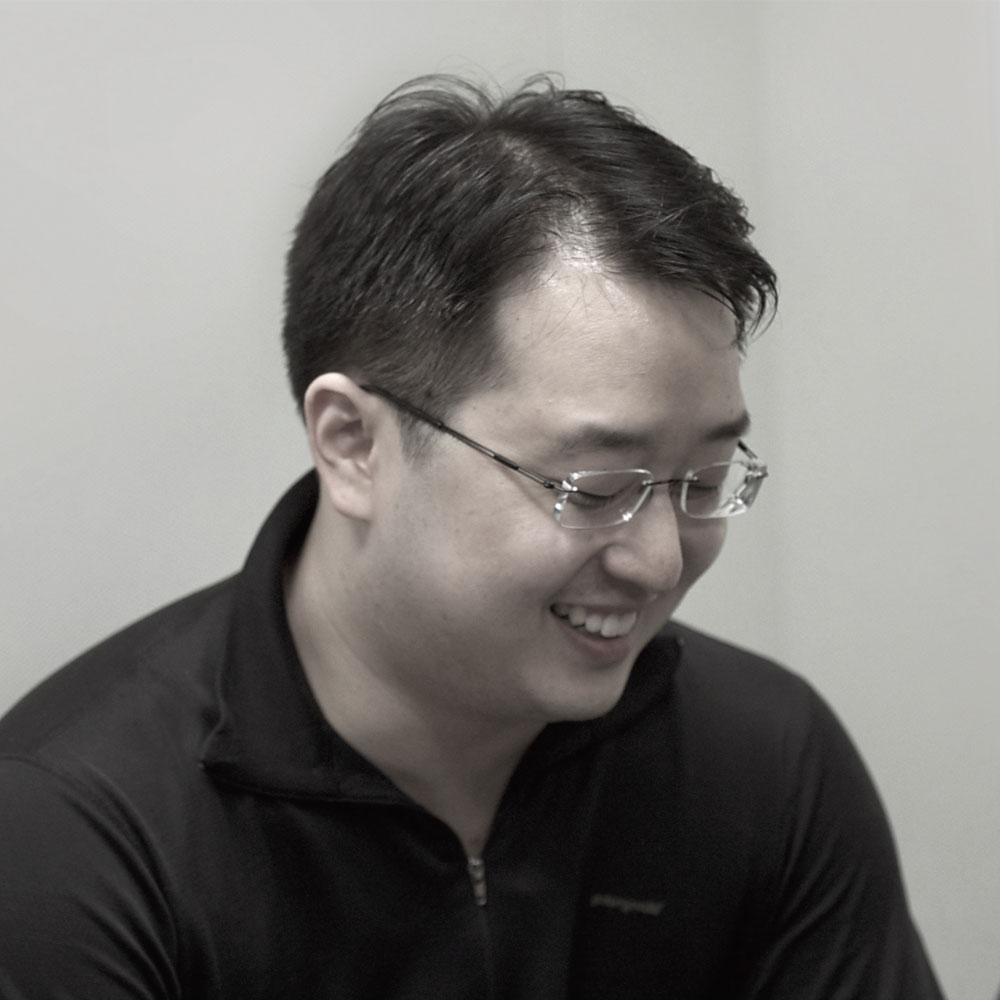
Michael M. Lee is a composer and teacher with a background in composition, theory, post-tonal analysis, and musicianship, and is a graduate of the U.S.C. Thornton School of Music (D.M.A.), Juilliard (M.M.), and Eastman (B.M.). Born in Atlanta GA, and raised in Maryland, he was first introduced to classical music through the trumpet. He can play the piano and took several private lessons in classical guitar at the Peabody Institute in Maryland before starting his bachelor's degree in composition. His music can be heard on Spotify and Apple Music and purchased on iTunes, Naxos, or Amazon. He is currently residing and teaching in Southern California.
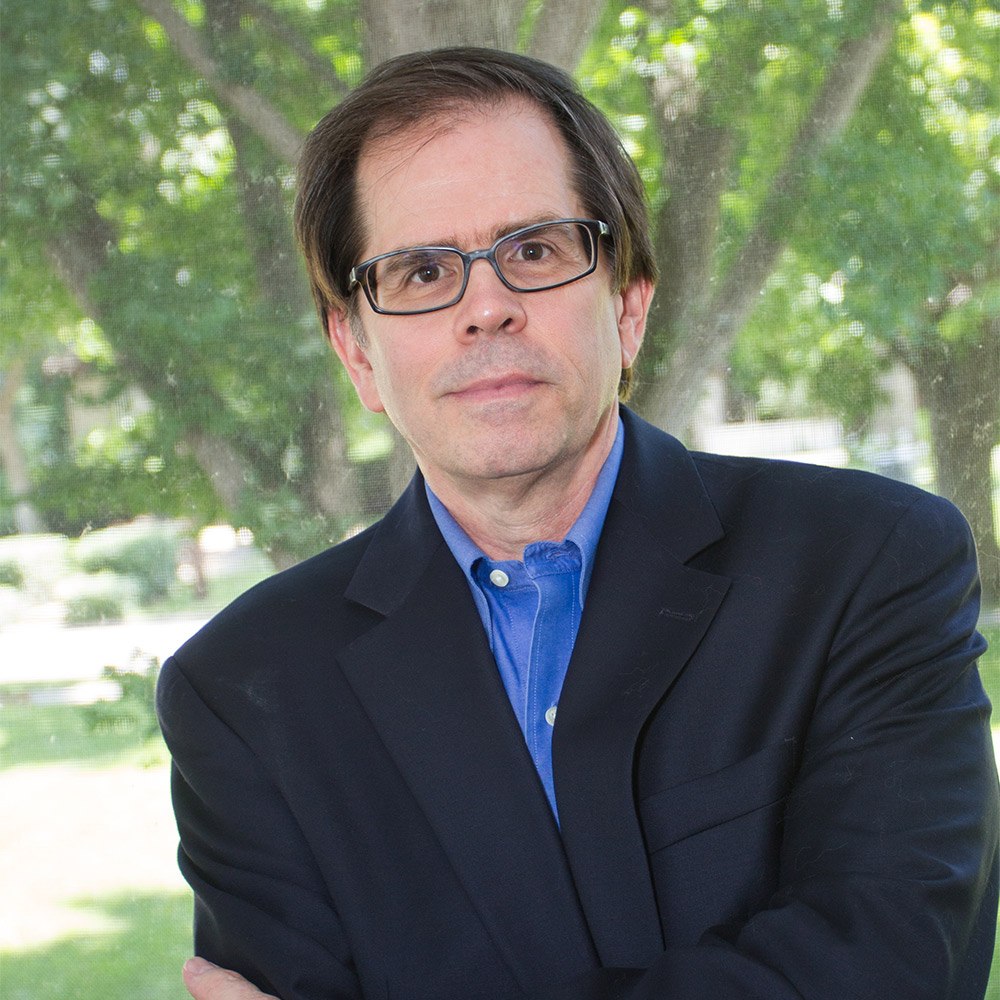
Timothy Kramer’s music reflects his fascination with motivic patterns, cyclical relationships, and musical gestures that unfold in a variety of changing speeds and textures. Originally from Washington State, Kramer (b. 1959) began playing the piano at an early age, and, although trained as a pianist, organist, and harpsichordist, he spent many years as a youth playing bass guitar in jazz and rock ensembles. His music reflects this influence, and he sometimes integrates various aspects of American popular music into his pieces.
